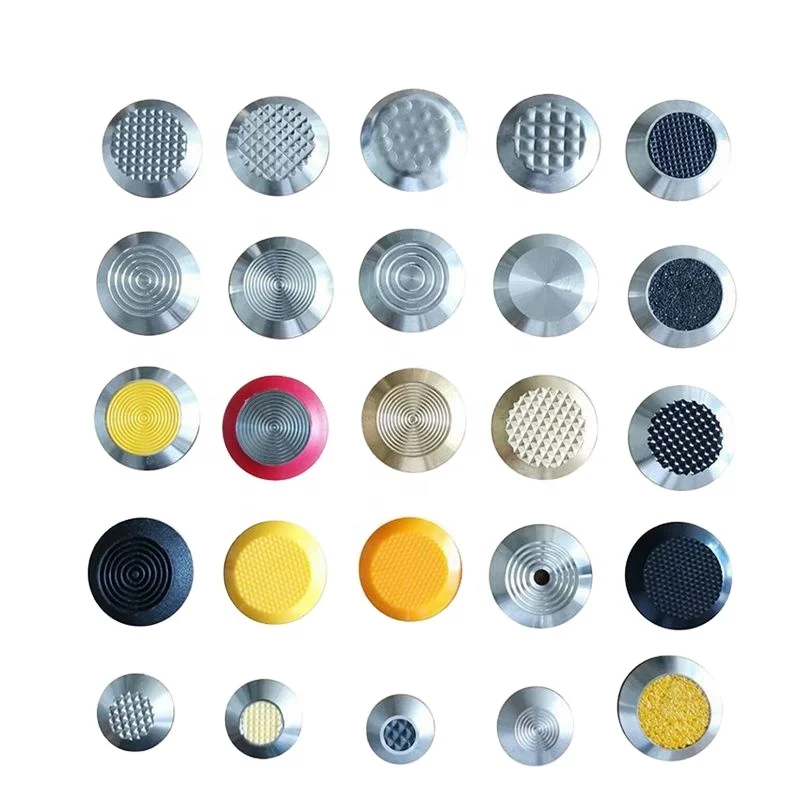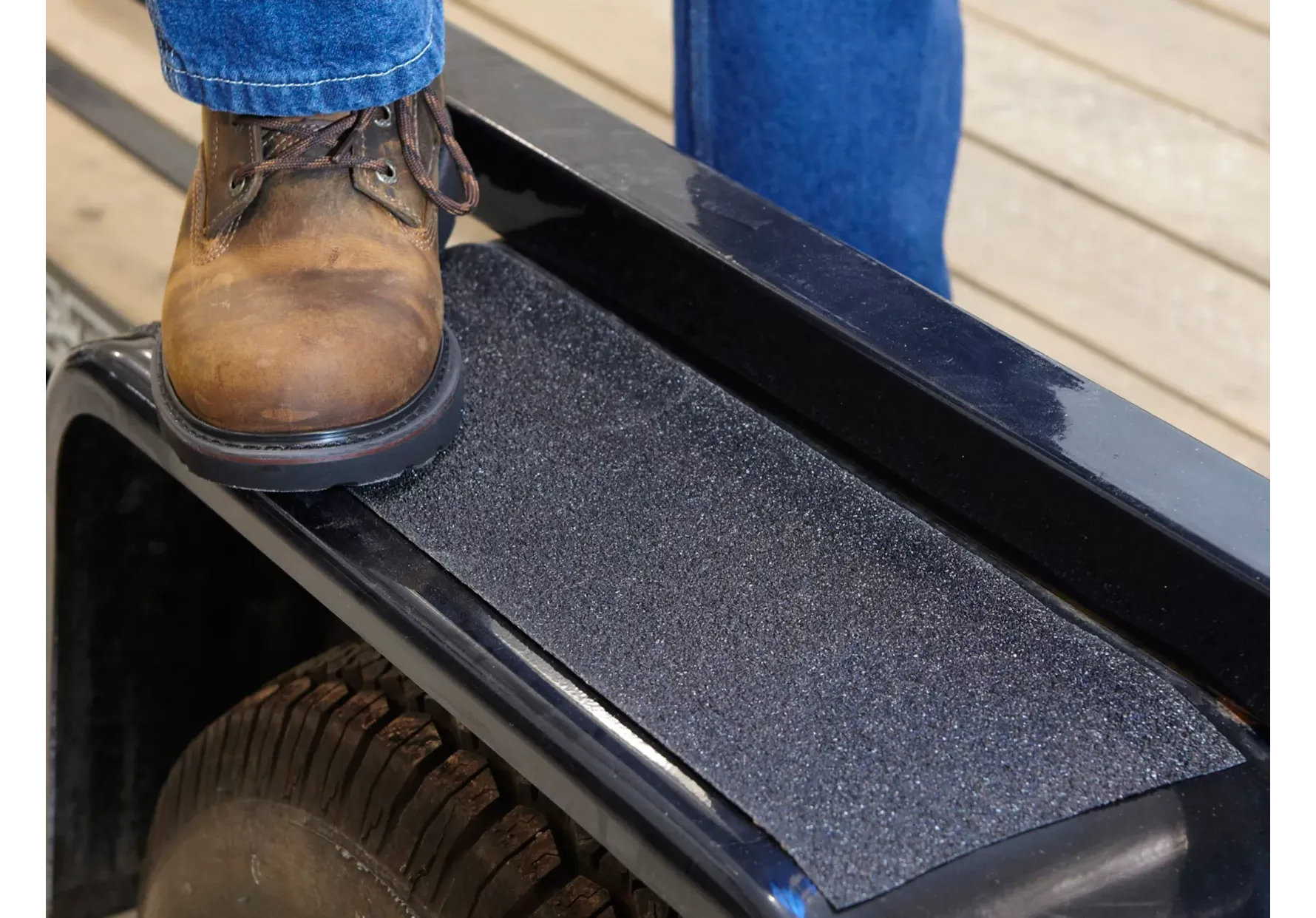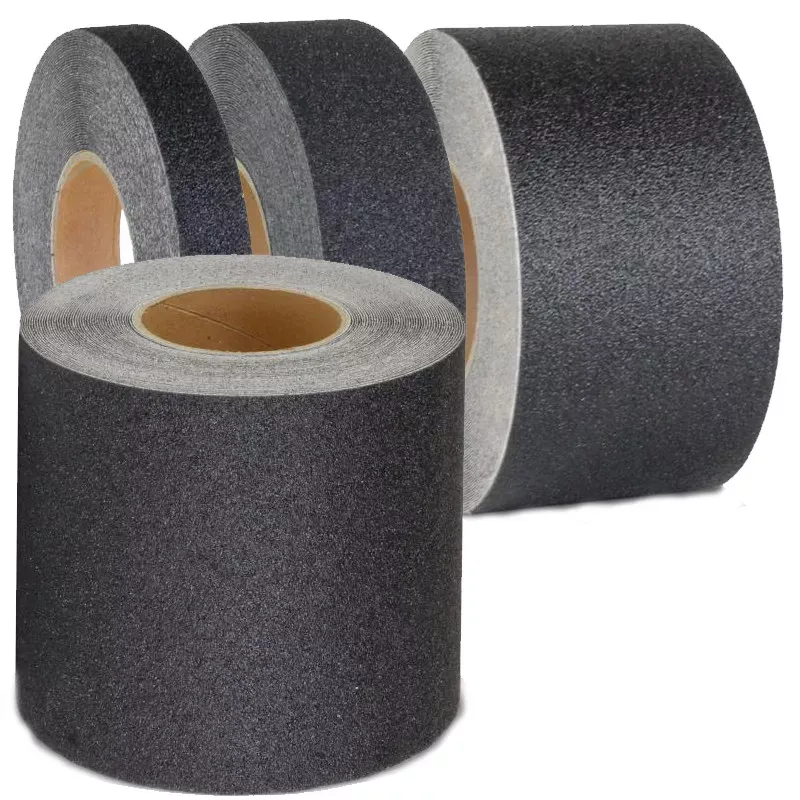- Home
- »
- AntiSlip Tech Blog
- »
- The DIY Guide to Installing FRP Stair Nosings
The DIY Guide to Installing FRP Stair Nosings
Table of Contents
Introduction
FRP stair nosings offer a durable, low-maintenance, and aesthetically pleasing solution for enhancing the safety and appearance of your staircase. This guide provides a step-by-step approach to installing FRP stair nosings, empowering you to complete the project confidently.
1. Selecting the Right FRP Stair Nosing:
- Size and Shape: Measure the length and width of your stairs accurately to ensure you purchase the correct size and shape of FRP stair nosing.
- Color and Finish: Choose a color and finish that complements your staircase and overall interior design.
- Safety Features: Consider slip-resistant surfaces, especially in high-traffic areas or for individuals with mobility issues.
- Material Quality: Opt for high-quality FRP stair nosings from reputable brands for durability and longevity.
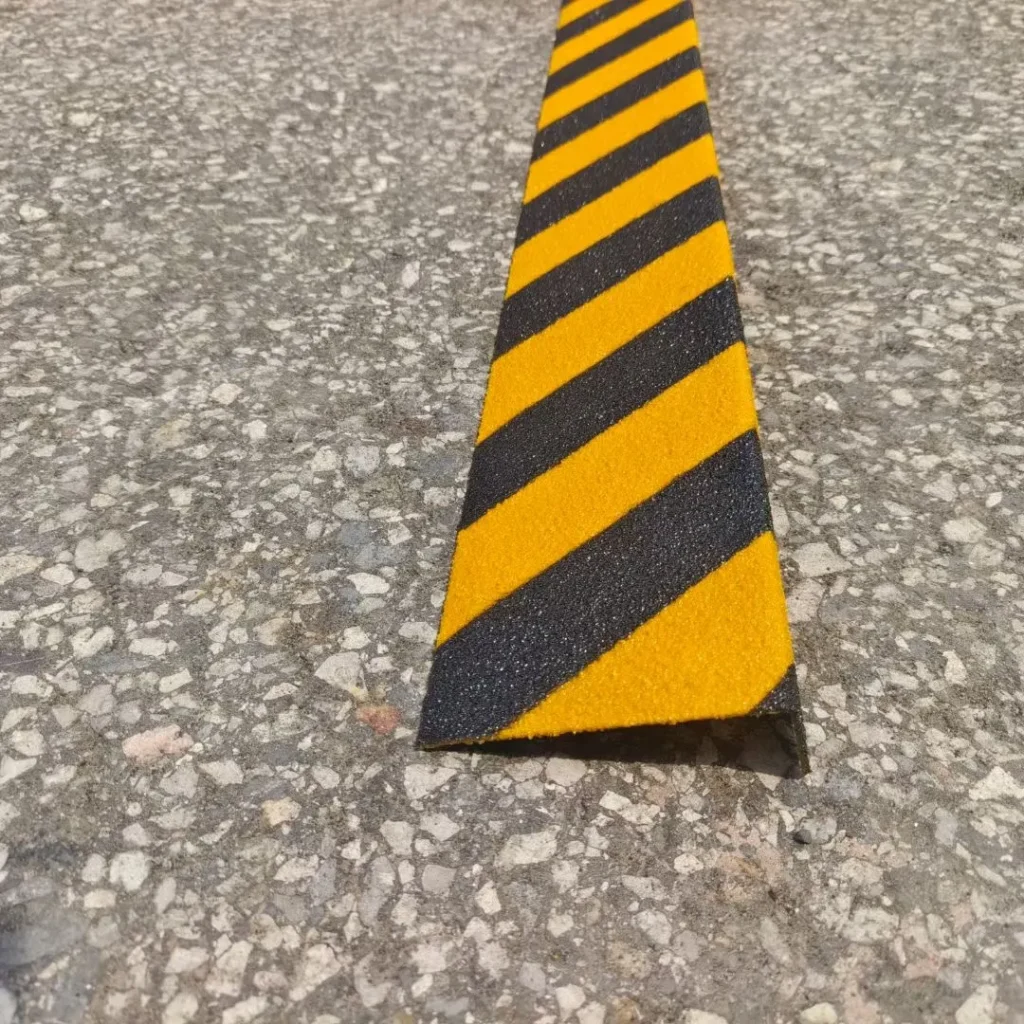
2. Gathering Tools and Materials:
- Tape Measure and Pencil: For accurate measurements and marking.
- Circular Saw: For cutting the FRP stair nosing to size.
- Safety Goggles and Gloves: For eye and hand protection during cutting.
- Drill with Appropriate Bits: For creating pilot holes for screws.
- Adhesive: A strong construction adhesive specifically designed for FRP materials.
- Screws: Matching the size and type of your FRP stair nosing.
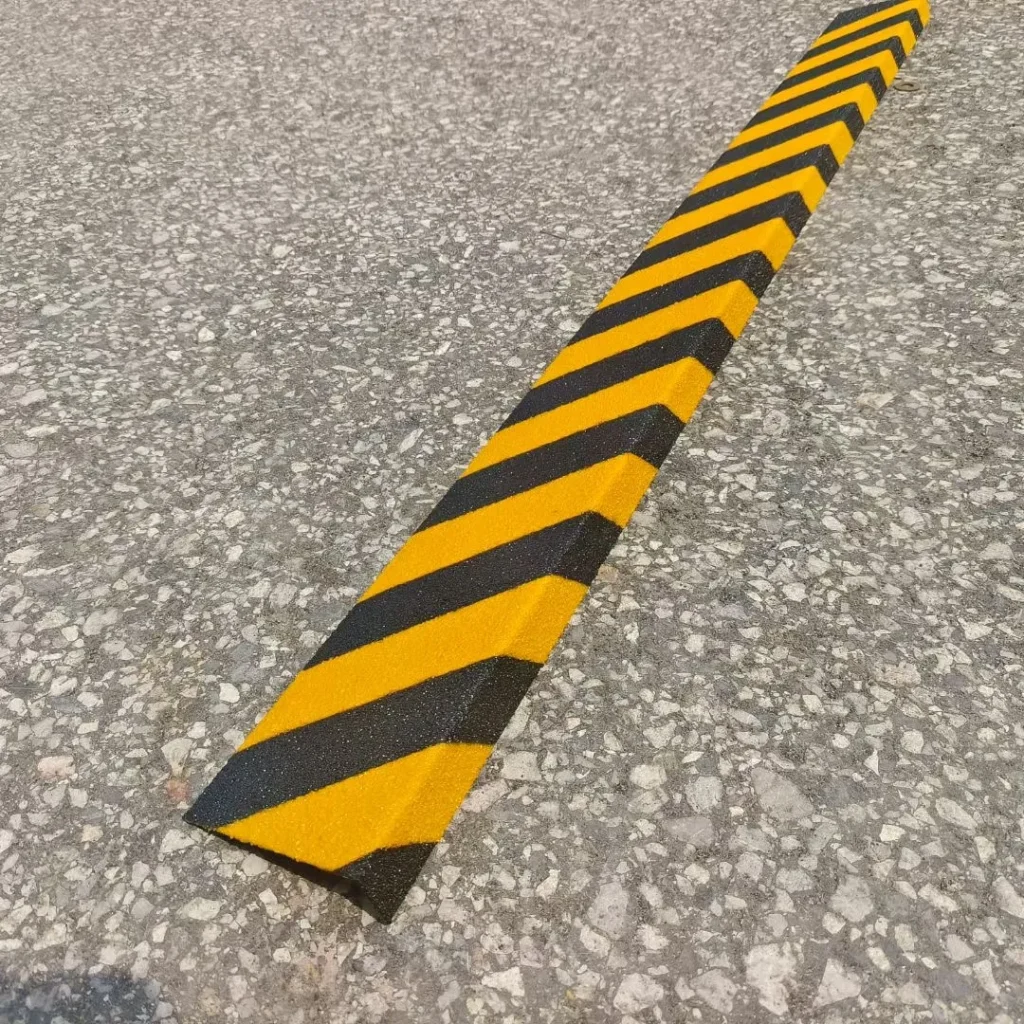
3. Preparing the Staircase:
- Thorough Cleaning: Clean the surface of your stairs thoroughly to ensure proper adhesion of the adhesive.
- Marking the Position: Use a tape measure and pencil to mark the desired position of the FRP stair nosing along the edge of each step.
4. Cutting the FRP Stair Nosing:
- Safety First: Wear safety goggles and gloves while operating the circular saw.
- Accurate Cutting: Cut the FRP stair nosing to the appropriate length, ensuring a clean and precise cut.
5. Applying Adhesive and Securing the Nosing:
- Adhesive Application: Apply a bead of adhesive along the back edge of the FRP stair nosing.
- Positioning and Pressure: Press the FRP stair nosing firmly into place, aligning it with the marked position. Hold it in place for a few seconds to allow the adhesive to bond.
- Pilot Holes and Screws: Use a drill to create pilot holes for screws, spacing them evenly along the length of the nosing. Drive the screws into the pilot holes, taking care not to overtighten.
6. Final Inspection and Adjustments:
- Secure Installation: Inspect the installed FRP stair nosings to ensure they are securely in place and free of any gaps or unevenness.
- Adjustments if Necessary: Use additional adhesive or screws to make any necessary adjustments.
Conclusion:
-
Installing FRP stair nosings can be a rewarding DIY project, enhancing the safety and aesthetics of your staircase. By following these steps and taking necessary precautions, you can achieve a professional-looking result that will provide a safe and attractive transition between each step. Remember to prioritize safety, accuracy, and quality throughout the installation process.
Comments
Tags
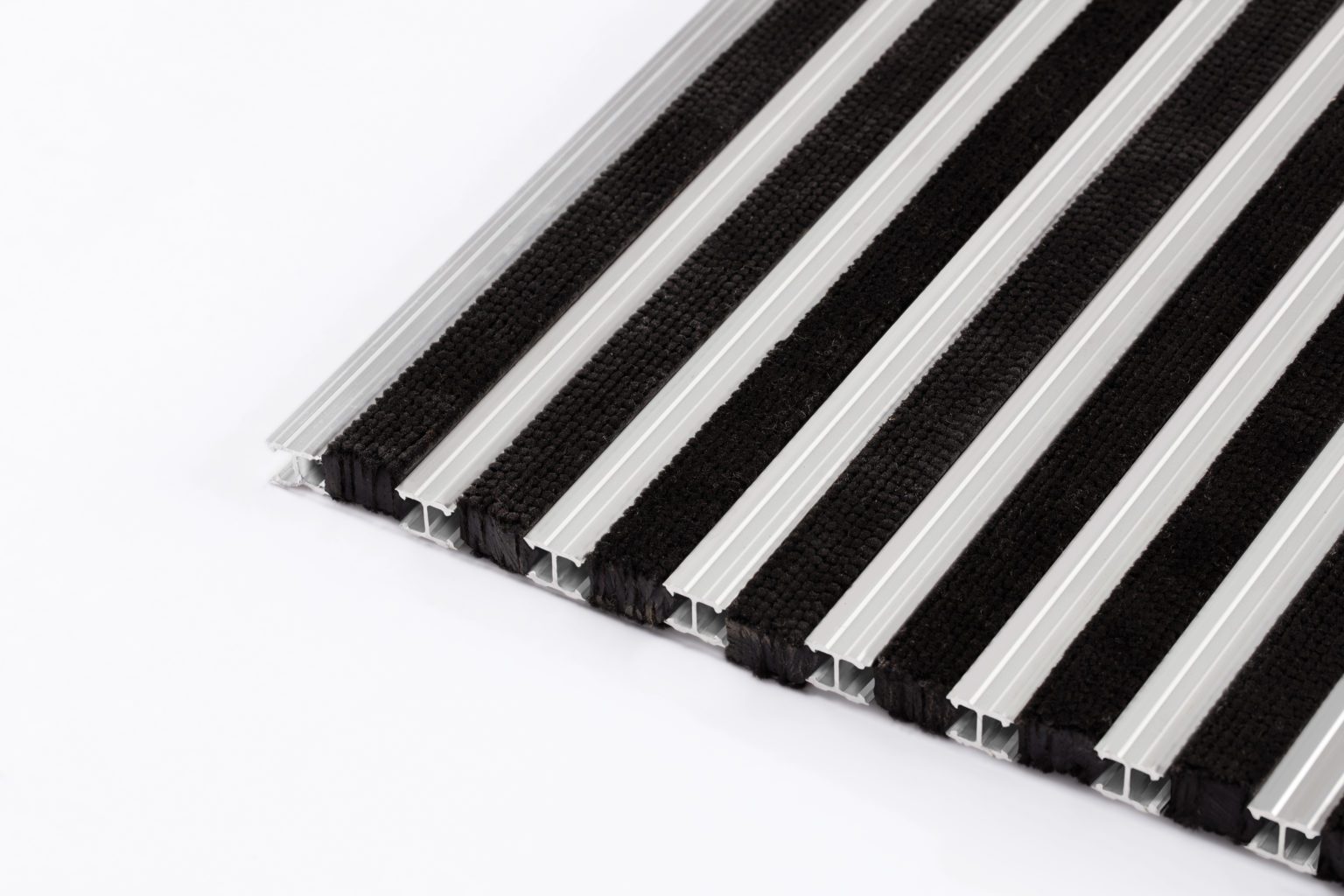
The Aesthetic Appeal of Aluminum Entrance Mattings
Discover the aesthetic appeal of aluminum entrance matting, offering customizable designs, durability, enhance any entranceway’s appearance and functionality.
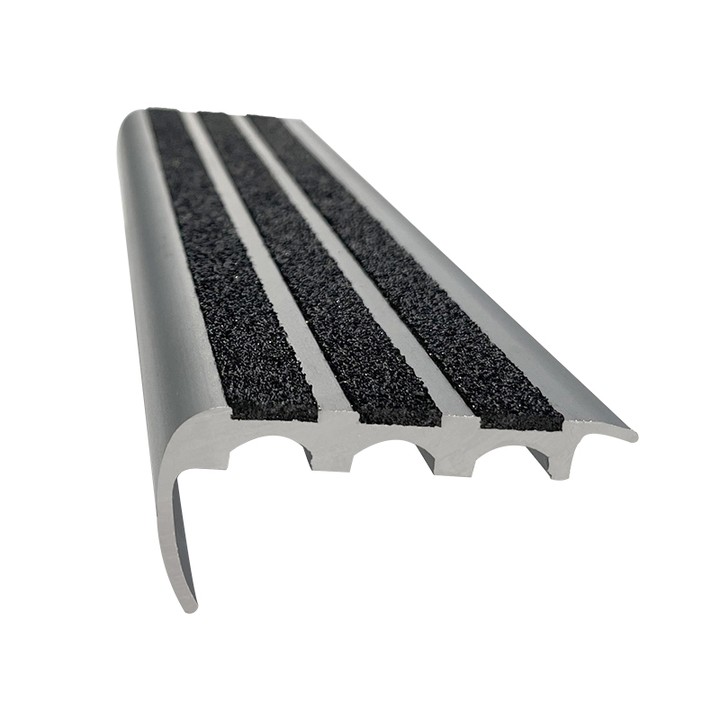
8 General Installation Steps For Stair Nosings
This guide outlines a systematic approach to installing stair nosing, covering everything from the tools and materials you’ll need to final finishing touches.
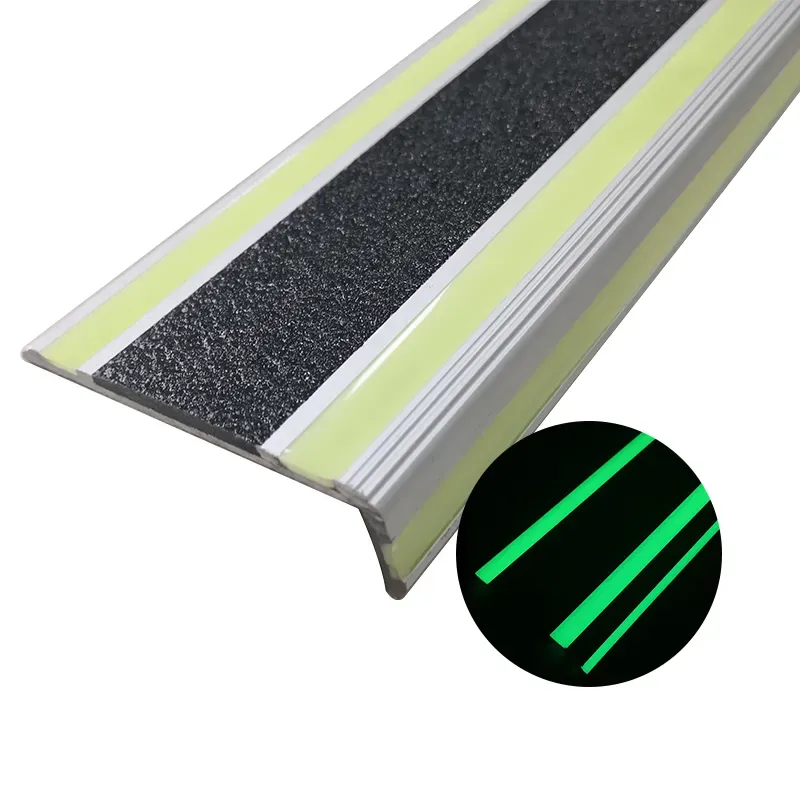
The Installation Process of Photoluminescent Stair Nosing
The Installation Process of Photoluminescent Stair Nosing: Learn accurate measurements, surface preparation, and testing methods for effective installation.

